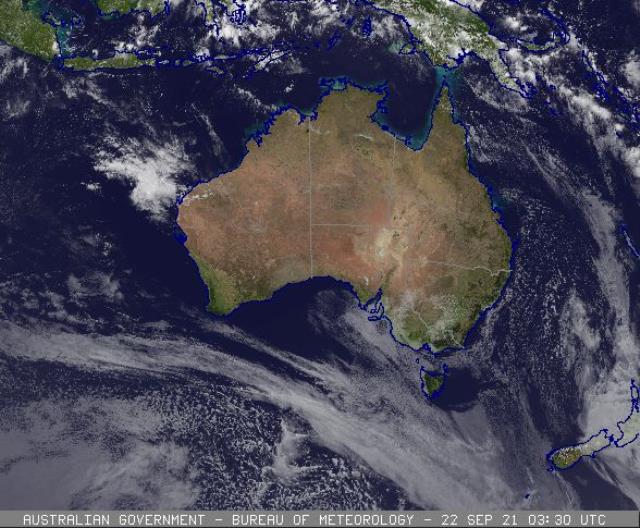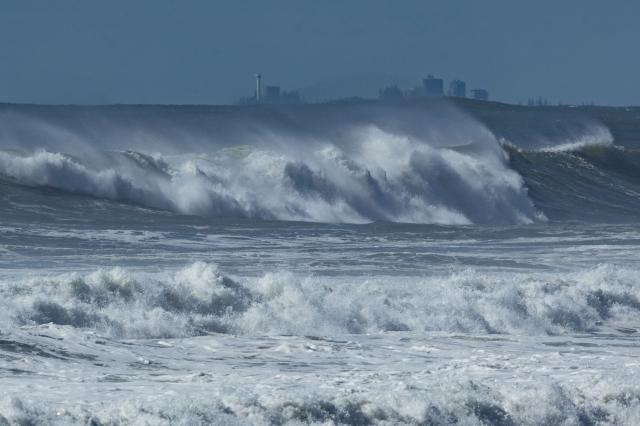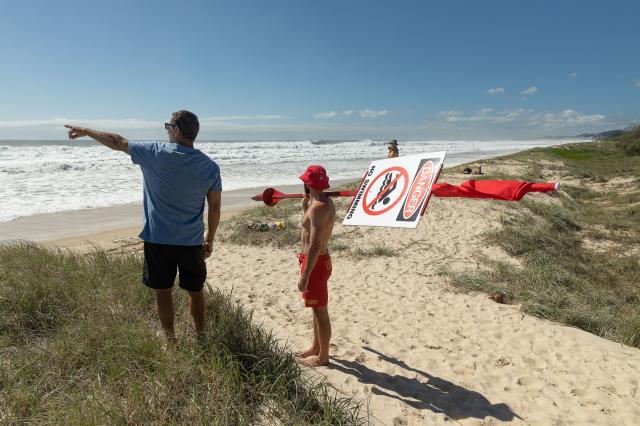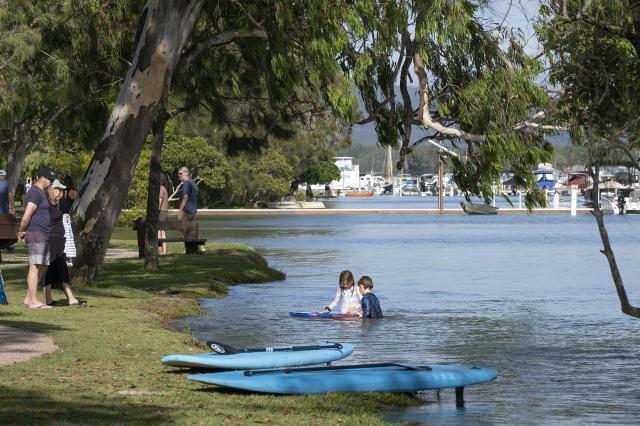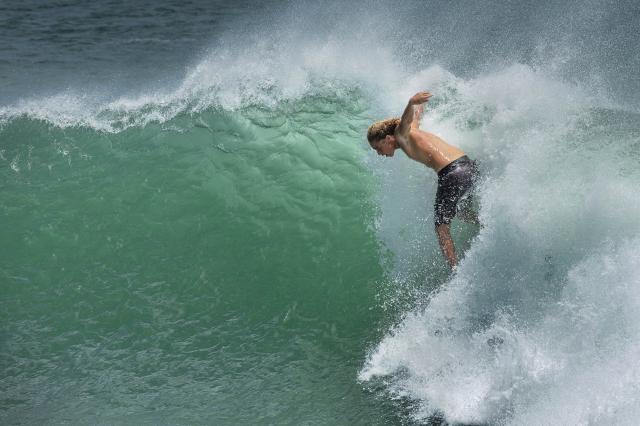With king tides and Tropical Cyclone Seth this week leading to flooding, beach closures and a surfing bonanza, University of the Sunshine Coast academics put together their views on La Nina and what they expect the weather phenomenon to throw at us throughout the summer.
“My advice is to keep an umbrella handy, make the most of sunny beach days when you can, and remember, if it’s flooded, forget it,” said Geotechnical Engineering senior lecturer Dr Adrian McCallum.
Dr McCallum, who lectures in weather and climate at USC, described La Nina as an atmospheric and oceanic phenomenon in the Pacific Ocean that can affect the weather worldwide.
After experiencing the hottest November on record in Australia, the good news is that we can expect generally cooler days during a La Nina event, he said. But the trade-off is hot summer nights, with warmer overnight temperatures. Also expect more cloudy, rainy days accompanied by sticky, high humidity.
“Generally, there is also the increased risks of extreme weather including floods and cyclones, however, the forecast by the Bureau of Meteorology is that this La Nina will be short-lived and weak to moderate in strength,” he said.
USC’s Sustainability Research Centre co-director Professor Claudia Baldwin said having brought heavier rains and flooding to northwest Canada and the US over the past months, La Nina was now starting to reveal itself in heavier rainfall and flooding in Queensland.
Dr Baldwin said despite La Nina’s reputation for cooler day time temperatures, it would still be one long, hot summer.
“Extreme heat will be a challenge with more frequent hot days and significant increases in record temperatures – the result of a changing climate where average temperatures in Queensland have increased by approximately 1°C over the past 100 years,“ she said.
“A characteristic of heatwaves is that the night-time temperature does not decrease by much, offering little relief.“
Identifying ways to mitigate the impacts of heat using ‘green infrastructure’ is a major focus of research by Dr Baldwin and her team.
If you’re a surfer, the arrival of La Ninas is good news but it has the potential to be not so great for our beaches.
Senior lecturer in physical geography Dr Javier Leon said La Nina rotated waves anticlockwise, which means an increase in waves approaching from the north-east and east, which can create great surfing conditions along the south-east coast.
“The flip side is that La Nina increases the chances of cyclone formation. Combined with underlying warmer waters due to climate change, this might mean that stronger cyclones could travel to southern locations, such as the Sunshine Coast,“ he said.
“This would also increase coastal hazards such as erosion and flooding. But even without cyclones, the wave rotation associated with La Nina could exacerbate sediment movement and eventually increase erosion of otherwise protected north-facing beaches.”
From a historical perspective floods are extremely hard to predict and no two floods or La Nina years are the same, according to history lecturer Dr Margaret Cook who specialises in the history of natural disasters in Australia and New Zealand.
“History shows us that La Nina years are more likely to be wet, the likelihood of floods and cyclones more common, but it is no guarantee of a major flood,” she said.
La Nina has certainly made its presence felt during some of the worst floods in Queensland’s history.
One of the strongest La Nina events to date was during the summer of 2010/2011, when most the whole of Queensland experienced widespread, devastating flooding.
Brisbane’s second largest flood occurred in 1974, another La Nina year and Australia’s wettest year on record. The same weather system also swamped several other communities, including Ipswich, Maryborough and Gympie.
La Nina tends to go hand in hand with cyclones, with the Queensland coast experiencing three to four times as many cyclones during La Nina years as during El Nino years, Dr Cook said.
While wet and wild weather is expected from La Nina, it could also bring some unwelcome guests.
Research Fellows Dr Andy Howe and Dr Babar Hassan of USC’s Forest Industries Research Centre said the widespread and consistent rainfall associated with La Nina this summer would be a gift for plants and the insects that eat them.
“But whether that means more of all insect species is not certain,” Dr Howe said.
“It is possible La Nina conditions might add a little more bite to your outdoor entertaining this summer, especially if numbers of mosquito boom in your area.”
Similarly, termites love the warm and humid conditions prevalent during La Nina summers.
Some insects that people might be happier to see are Australia’s much-loved Christmas beetles and butterflies, with climate and habitat modelling showing La Nina conditions can benefit butterfly habitat quality.

